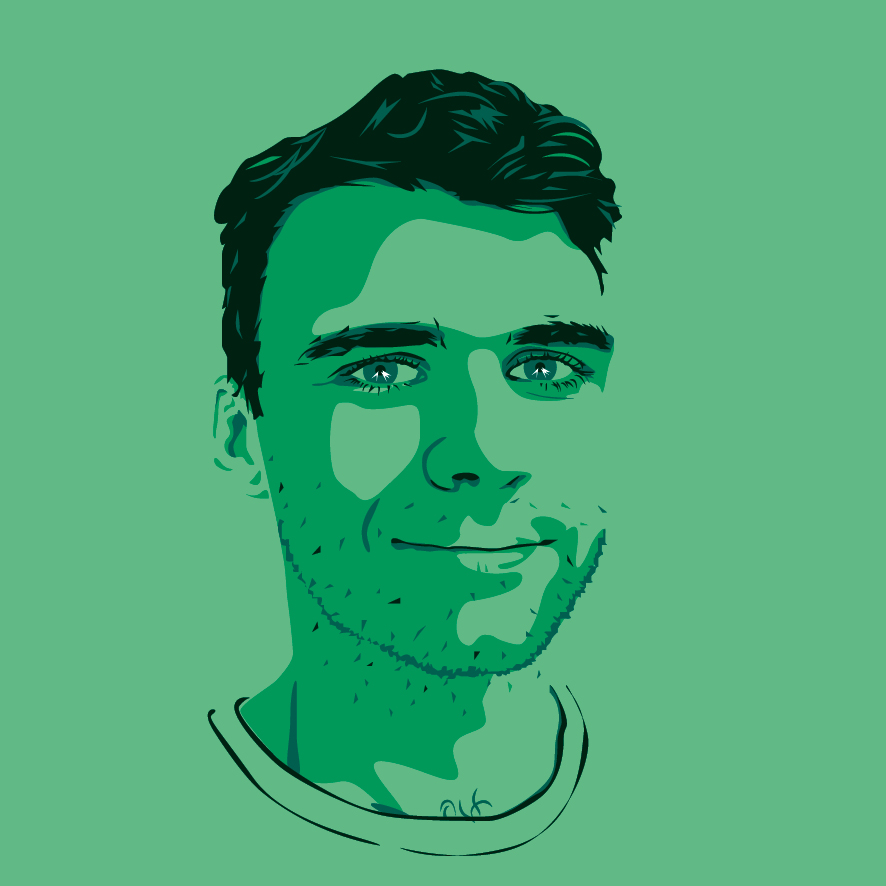How Mordhau went from janky community project to the biggest melee brawler on PC
The journey of a young, hungry development team who had never built a game before.

Five years ago, long-time Chivalry: Medieval Warfare player Marko Grgurovič began building a prototype for a new melee game in Unity. He had no development experience, and neither did the team he quickly assembled around him, some as young as 17. They weren’t paid for their time on Project Slasher, as the prototype was known, and they were spread across the globe, working remotely. It sounds like a million other hobbyist projects that start enthusiastically and then peter out. But this one didn't.
Mordhau shouldn’t have worked. And yet what started as a "single map with pretty janky mechanics and visuals" has, after five years of work, sold a million copies. 500,000 of those in the first week. 60,000 concurrent players were online during its first full weekend.
None of the team had shipped a game before, but they had a passion for Chivalry
How did a team of first-time developers turn a passion project into an international sensation? And how does the group, some as young as 21, feel about their overnight success?
"I wasn't really expecting much, honestly," says environment artist Andrew Geach. "I wasn't really sure we'd finish the game. It was overwhelming at first, but as more and more people joined the team we got faster and faster, better and better."
None of the team had shipped a game before, but they had a passion for Chivalry, and a deep understanding of what made a melee game enjoyable. Geach, who joined straight from college, had played Chivalry for 800 hours—Mike Desrosiers, another artist, played on the top North American Chivalry team during high school, and clocked 2,500 hours, he tells me.
Their aim was simply to create something for Chivalry’s "tight-knit" competitive community, while building up development experience along the way. They wanted a melee game that was much alike Chivalry but more fun, more grounded, more readable to an onlooker.
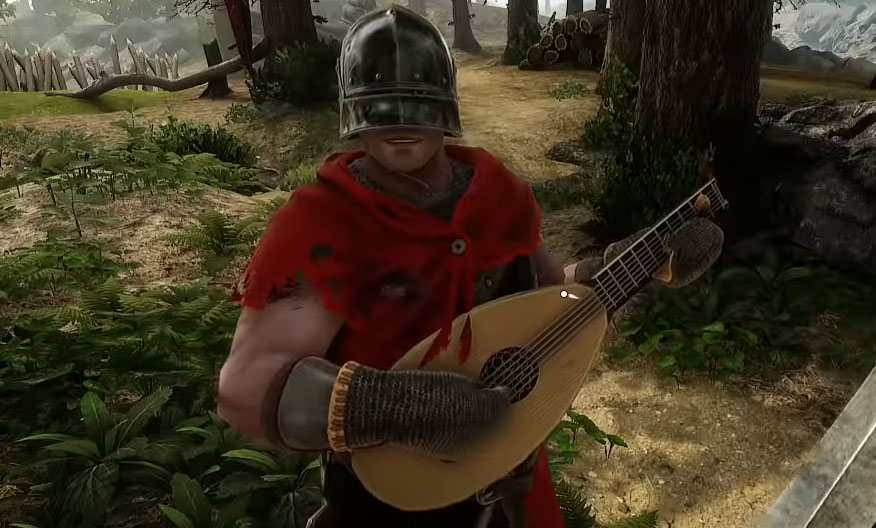
"Chivalry was fairly fun to play at a high level [but] you see players doing all these spinning attacks, hitting you behind them, because that was just the most effective way to play," Desrosiers says. "We removed that very early on in Mordhau, in the Project Slasher prototype."
The biggest gaming news, reviews and hardware deals
Keep up to date with the most important stories and the best deals, as picked by the PC Gamer team.
That instantly lowered the skill ceiling—and the team instantly raised it back up, adding extra angles of attack, different body movements, and new mechanics such as chambering, which is when you mirror your enemy’s attack just before they strike. Their approach, and the reason Desrosiers says the combat has been such a big hit, was to build from the "top down," designing the combat around top-tier players before making it fun for beginners.
As the original team continued to perfect the mechanics, they brought on new staff to flesh out the rest of the game, including Geach, who worked on map design. They initially wanted to put 64 players into huge maps with scattered control points, like in Battlefield’s conquest mode. Some points would have "miniature sieges," Geach says: one might be a castle in the middle of the map that two teams fight over.
They built maps around this principle, but eventually decided it was taking too long to travel between control points, and that players would be too spread out. So they pivoted to a more linear mode called Frontlines, now Mordhau’s headline mode, in which teams capture a series of points one after the other. Rather than start again with the maps, they "Frankensteined" existing maps to fit that structure.
On individual maps, Geach says his approach is always to "start realistic, and then I start thinking about making it fun for both teams." Grad, which Geach thinks is Mordhau’s best map, started with a castle that was difficult to capture because it had very few routes in for attackers. The team gradually added ladders, holes in the walls, a separate dungeon and various doors, iterating until it felt more balanced.
Remote control
Between the maps and the core combat, Mordhau was slowly but surely taking shape. That in itself is remarkable when you consider how the team worked: Desrosiers and Geach are both from Canada, but other members of the 10-strong team are in Austria, Germany, Poland and Slovenia, communicating through Slack and Discord.
One of the problems with this system is that it’s difficult to get feedback because the rest of the team only see the final version of your work, says Geach. "In a real office your manager or overseer would walk by and see what you're working on and offer advice. We're a bit slow that way, so work would definitely speed up in a physical space." Clear, upfront discussion about what you’re about to work on is therefore essential, he says.
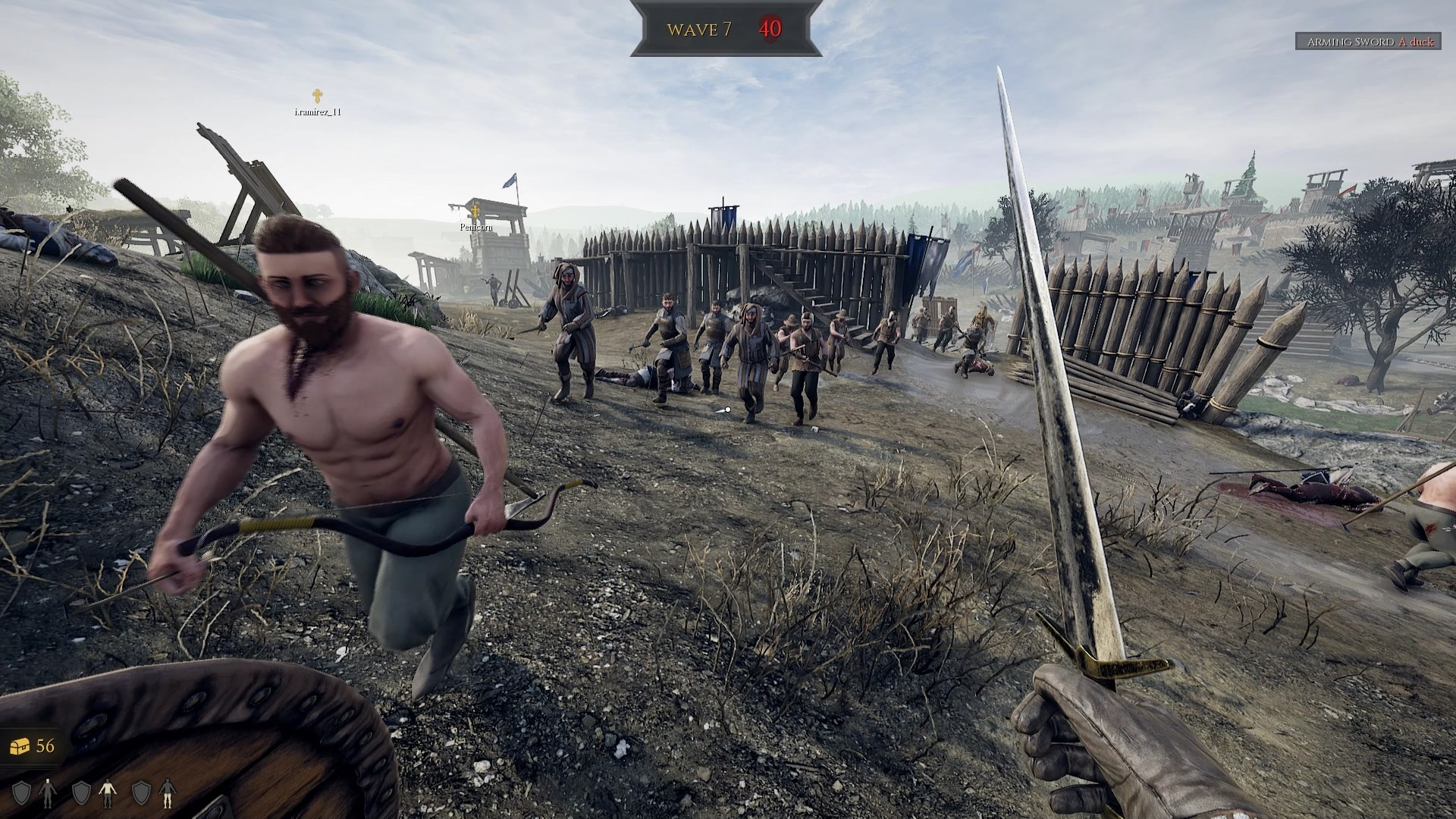
It can also be hard to motivate yourself when you’re disconnected from your team, but Geach says that seeing everyone else's great work would inspire him. "Every patch we released I'd get freshly reinvigorated to keep working, or every time I play with our alpha players. I still do that now, taking a break and duelling for 20 minutes, and then I'm super motivated for another few hours."
Creating a game that you actually want to play also keeps morale high. "Everyone has played a game before that they really enjoy, and they just wish they could change one or two things about it," Desrosiers says. "We're in that position where we play that game and make those changes ourselves, and it's really liberating."
Without that passion, Mordhau would’ve fallen apart. The team weren’t paid for most of its lifespan, and many of them, including Geach, had at least part-time jobs, working on it evenings and weekends. Retaining staff was difficult, and many developers came and went. The money the team got from its 2017 Kickstarter campaign, however, allowed some of them to work full-time, and Mordhau’s success means they can now all work on it without any distractions.
It’s a level of success that none of them expected. "To say the launch was overwhelming would be an understatement," Desrosiers says. "Our estimates from the Steam wishlists had us looking at 10-12,000 players, and we peaked at 60,000 by the weekend. To experience this project’s growth from this tiny underground prototype into this worldwide hit, is an indescribable feeling."
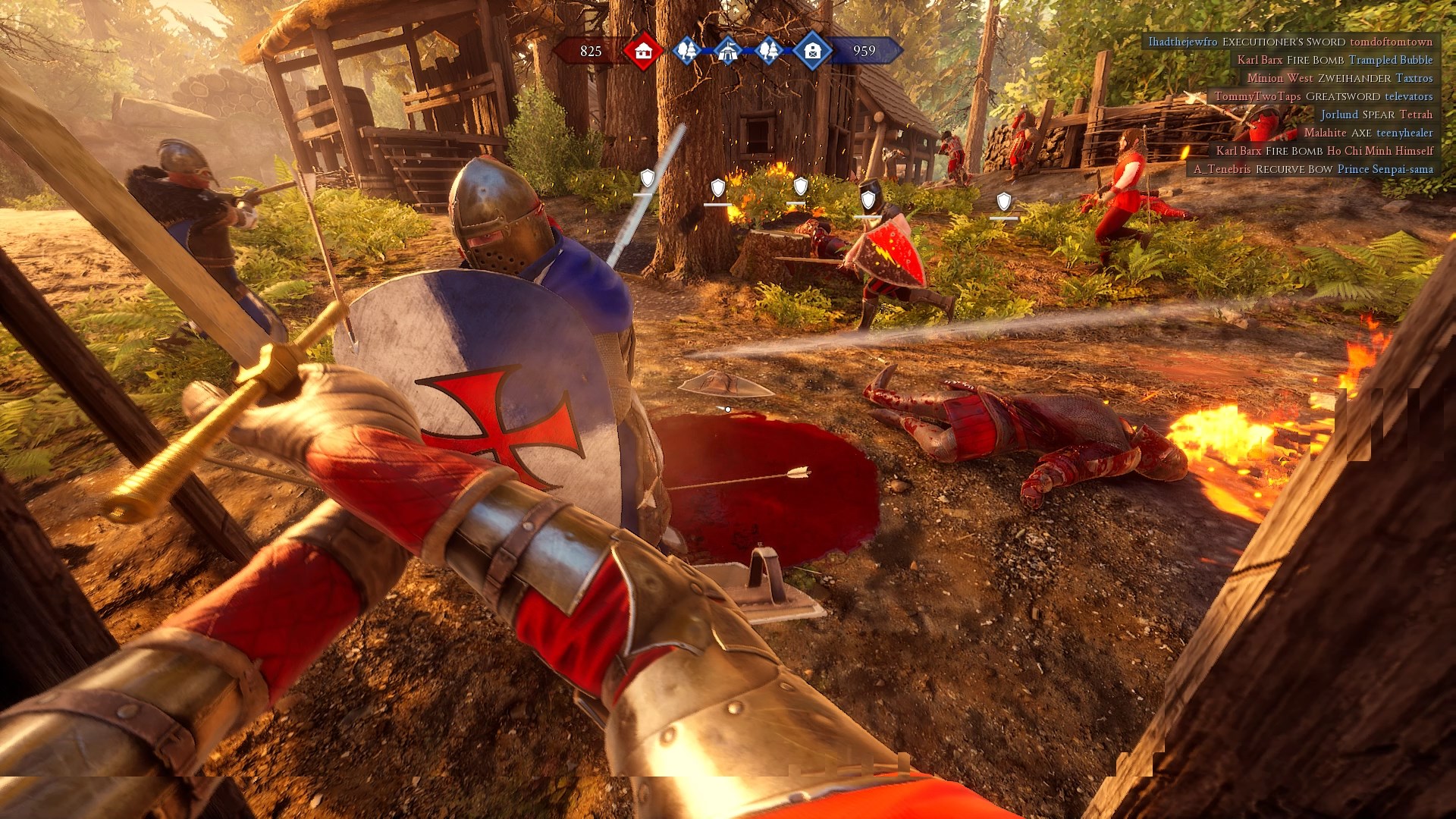
Unfortunately, it’s a feeling the team couldn’t enjoy at launch because their servers were overloaded. "It was kind of scary joining a server and seeing everyone have 300 ping, just lagging around on launch day, and just telling everybody we’re working on it, we’re trying our best," he says.
It was "extremely stressful," especially for the game’s two programmers, who were trying to "contain the already happening explosions, looking through code to see if there were any optimisations, calling the server company to tell them, hey, we need all of your servers, we have too many players."
Now the initial rush is over, Desrosiers has had time to reflect—he says starting the project with a group of young, remote developers was a "huge risk" that has now paid off. He attributes Mordhau’s success to the polished combat, refined by years and years of testing by top-tier Chivalry players and newcomers alike, and the power the game gives players to express themselves, whether that’s via their fighting style, the clothes and armour they wear, or their use of voice chat lines, which makes it feel more "personal" than other multiplayer games. "It makes their player character a reflection of their personality."
For the team personally, Mordhau has been life-changing. Desrosiers, who was just 17 when he started on Project Slasher, says: "For most of us in the team, it was sink or swim, we had one, good solid shot to make a popular game, a game we all wanted to sink thousands of hours into, and hopefully be in a dream position early in our lives and careers. Luckily it worked out, and luckily we are in this position."
Geach similarly says Mordhau was his dream game, something he acknowledges most developers only get to do after they’ve "grinded" for 10 or more years.
"For me, it’s like: Now what?"
Roadmap to success
Geach and Desrosiers haven't lost the drive they had when they first started learning how to make a game
Before they look to the future, Triternion must focus on Mordhau’s present. Like any multiplayer game nowadays, fans demand constant updates, and the developers feel under even more pressure now than they did before launch. In Desrosiers' words, Mordhau was a "golden egg" that has hatched into a "baby golden goose, and it’s up to us to keep it alive and nurture it."
"I’d say it’s more serious now," Geach adds. "There’s more pressure, people are begging for maps on our Discord and social media. The pressure of keeping up with the modern gaming environment with these live service game… you have to continue development, it’s expected, and the pace that’s expected is pretty fast, but we’re a small team, and generally it can be somewhat slow."
Geach is working on a map called Castello that is designed for Siege-style matches framed as attack vs. defence, rather than the back-and-forth of Frontlines. Attackers will have to fight their way into a fortified castle with multiple gatehouses, climbing "at least two or three floors" to reach the inner keep.
Geach is "sure" a dedicated Siege mode with trebuchets and battering rams will arrive at some point in the future, but it’s not in the works at the moment. Alongside Castello, the team are working on another Frontlines map called Feitoria, a "very large, very dense castle environment with villages, a docks area and tall castle walls."
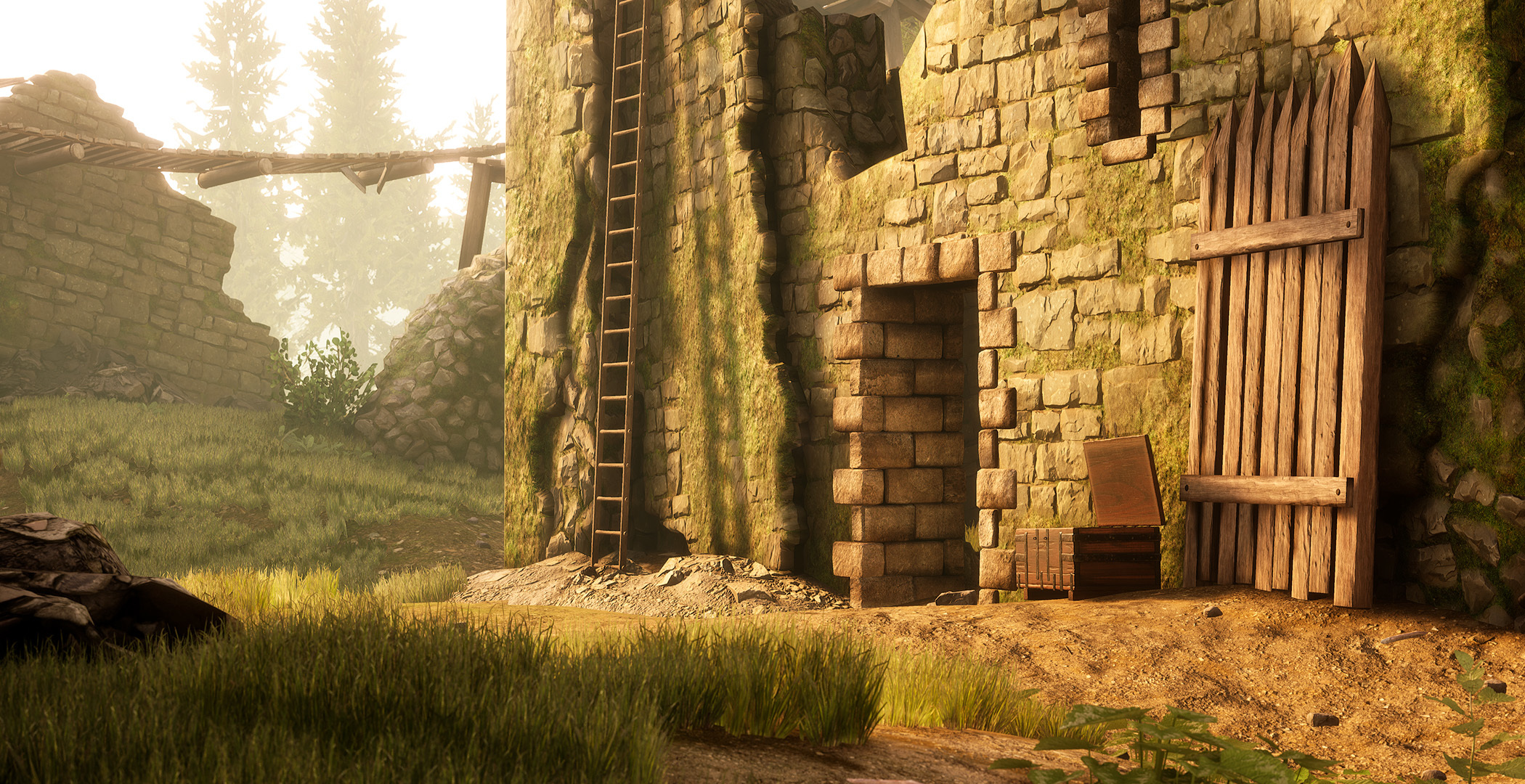
Alongside maps, the team is working on ranked duel servers, which is proving tricky. Currently, duel servers are open to all, and you indicate your readiness to duel by twirling your sword in someone else’s direction. If you want, you can simply jump in and chat to other players without fighting, as many do. "The reason it works well in these types of games, Jedi Academy, Warband, Mordhau, Chivalry, is because you’re face-to-face with all these other people," Desrosiers says.
"You get to see the player expression these people bring in how they fight and how they dress. It’s kind of tricky to think of a good ranked version of that mode, because you’d lose that sense of community [if] it’s just you and your opponent in a little arena. Win or lose, you back out, re-queue and join another little arena against one person. It’s a little less personal."
But what you lose in community will be gained in the feeling of climbing a ranking ladder, and being able to brag about your success, he says. Currently, the team is working on the foundation of the mode, which will see multiple duels happen on a single small map, but each pair will only be able to see their opponent. When that’s working, the team will build in different variations, such as best of three, best of five, and even expanding duels to 3v3 matchups.
That will come with new maps, too. They'll first retrofit existing maps to competitive duels but Geach says "It would be nice to have intimate maps. You could essentially go crazy as an artist, you don’t have to worry about issues with a GPU, you can be a bit more expressive with your art." He floats the idea of a "ship in a storm" for a duel map, where "the ship would be rocking, maybe it’s on fire."
Geach and Desrosiers haven't lost the drive they had when they first started learning how to make a game. Geach says they constantly have "crazy discussions" about new features, or even new games they’d like to make. But in every case, "it always comes back to what we need to focus on now." While most of the games industry was focused on the forward-looking announcements at E3, they were busy launching their first new map.
Samuel Horti is a long-time freelance writer for PC Gamer based in the UK, who loves RPGs and making long lists of games he'll never have time to play.
